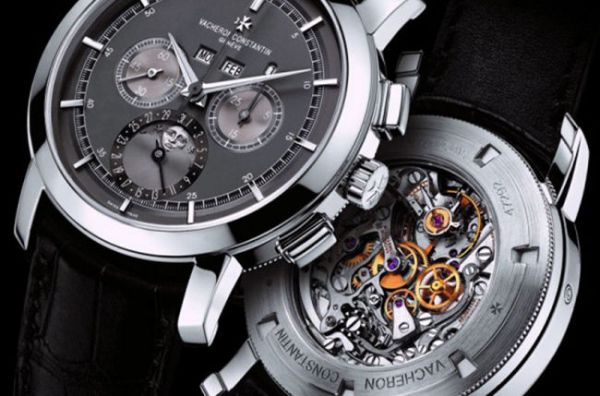


The production process in a mechanical watch factory can vary depending on the size of the factory, the complexity of the watches produced, and the specific manufacturing techniques employed. However, the production process is similar, and it is divided into the following steps:
A watch factory begins with the design and development phase, where watch designers and engineers create initial concepts and specifications for a watch. This may involve sketching, CAD (Computer Aided Design) modeling, and prototyping to refine the design and ensure it meets the required functional, aesthetic, and quality standards.
Once the design is complete, the factory sources the various components required for the watch, such as the watch movement (the mechanical heart of the watch), dial, hands, case, crown, crystal, and strap/bracelet. These components may be sourced in-house or from external suppliers, depending on the manufacturing setup.
A watch movement consists of dozens or even hundreds of complex mechanical parts, assembled by skilled watchmakers. This usually involves assembling main plates, bridges, gears, escapements, mainsprings, and other components to design specifications and precise tolerances. Movement assembly requires a high level of skill and expertise, as the accuracy and performance of a watch depend on the precise assembly of these components.

The case, which houses the movement and protects it from external elements, is usually assembled separately. This involves assembling case components such as the case middle, bezel, case back, and crown and may include various finishing techniques such as polishing, brushing, or engraving to achieve the desired look.
The dial showing the time and the hands indicating the hours, minutes, and seconds are assembled separately. This may involve attaching the dial to the movement and the hands to the dial, usually using specialized tools and equipment.
After the movement, case, dial, and hands are assembled, the watch goes to final assembly and testing. This may include housing the movement into the case, attaching the dial and hands, installing the crystal glass, and testing the watch for accuracy, function, and water resistance. Any necessary adjustments or corrections are made at this stage to ensure the watch meets the required quality standards.
Before the watch is packed and shipped, it undergoes strict quality control and inspection to ensure that it meets factory quality standards. This may involve visual inspections, functional tests, accuracy tests, water resistance tests, and other quality checks to ensure that each watch functions properly and meets specified requirements.
Once the watches have passed the quality control and inspection process, they are packaged according to the brand's specifications and ready to be shipped to customers or retailers. This may involve packing the watches in boxes, applying labels or stickers, and preparing them for shipping to their final destination.
It is important to note that the production process of a mechanical watch factory can be highly specialized and may involve various additional steps or techniques, depending on the specific type of watch produced, such as a complication, luxury watch, or bespoke watch. In addition, quality control, precision, and attention to detail are paramount at every stage of the production process to ensure that the final watch meets the desired standard of quality and performance.

2F, Building A, Shimei Industrial Park, Dalang Town, Longhua District, Shenzhen, China